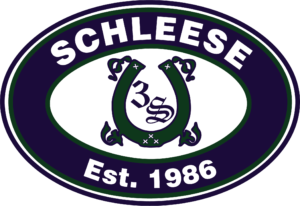Saddle Fit and Panel Stuffings
I have often been asked by clients why our saddles aren’t always flat on the horse’s back all the way from front to back – which makes them look like they don’t actually fit and will probably rock. Ideally the saddle needs to slightly ‘rock’ at the cantle as the horse’s back engages. A slightly rocking saddle will never put so much pressure on the horse’s back that muscle atrophy results (actual visual indents under the panel wedge).
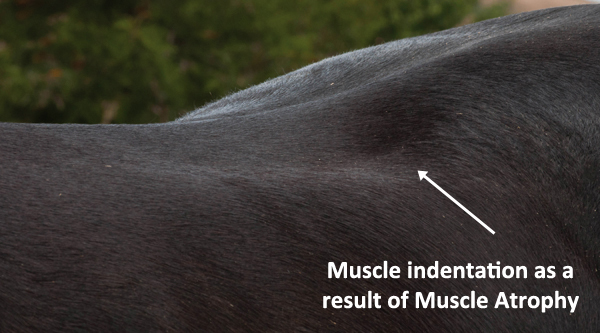
If the horse’s back is showing visual indentations under the panel wedge, this is a clear sign that either the saddle is too long or there is too much pressure on the loins because of the wedge itself. This is also why it makes no sense to add longer spring steel to the tree to allow a beginner rider sit more balanced (i.e., quietly) and ride a horse that shows a lot of suspension and movement. The horse must be able to move freely under saddle; a saddle that has been fit correctly to the moving horse. The saddle should never make the rider feel like he is glued to the horse’s back, nor should the saddle be fit exactly to the static back, so that the rider can actually ride the horse in suspension, in motion.
The trainer teaches the rider to sit the horse lightly and freely. The saddle fitter needs to fit the saddle to the horse so that the horse and the saddle both adapt themselves to the movement of the rider – only in this way can true harmony between horse and rider be achieved. The question is whether you want to have engaged, supple harmonious riding due to a properly fitted saddle, or if you prefer to have a saddle that looks like it fits absolutely perfectly – when the horse is standing still in the crossties. I guarantee you that this saddle will no longer fit once the horse begins to move – and that this can result not only in discomfort, but potentially also long term damage.
PANEL FILLINGS
A correctly fitting saddle should need no saddle pad – their function is to protect the panel leather from the sweat of your horse, but too often they are used as Band-Aid’s to help out where the saddle doesn’t fit. In previous articles I have discussed that the saddle should not bridge. In order to accomplish both of these objectives we have to look at what your saddle is ‘stuffed’ with and how that flocking can be utilized to fit your horse.
There are several different types of filler that can be used in saddles, depending on your discipline, your budget, and your preference. The first is wool stuffing which allows for easier adjustment of the panel bottom to fit a particular horse, however, the material needs to be the correct mixture of wool and synthetic fibres to ensure “give”. We have found an amazing array of materials used as filler in saddle panels when sent to the shop for re-adjustment, including thread rests, cotton batting, crumpled newspaper, and even old socks! Obviously, all of these defeat the purpose of having a smooth, lump-free panel bottom. (Think of how sensitive your foot is to the tiniest pebble underneath it, and it gives some idea of how your horse feels the lumps and bumps in a saddle panel on its back).
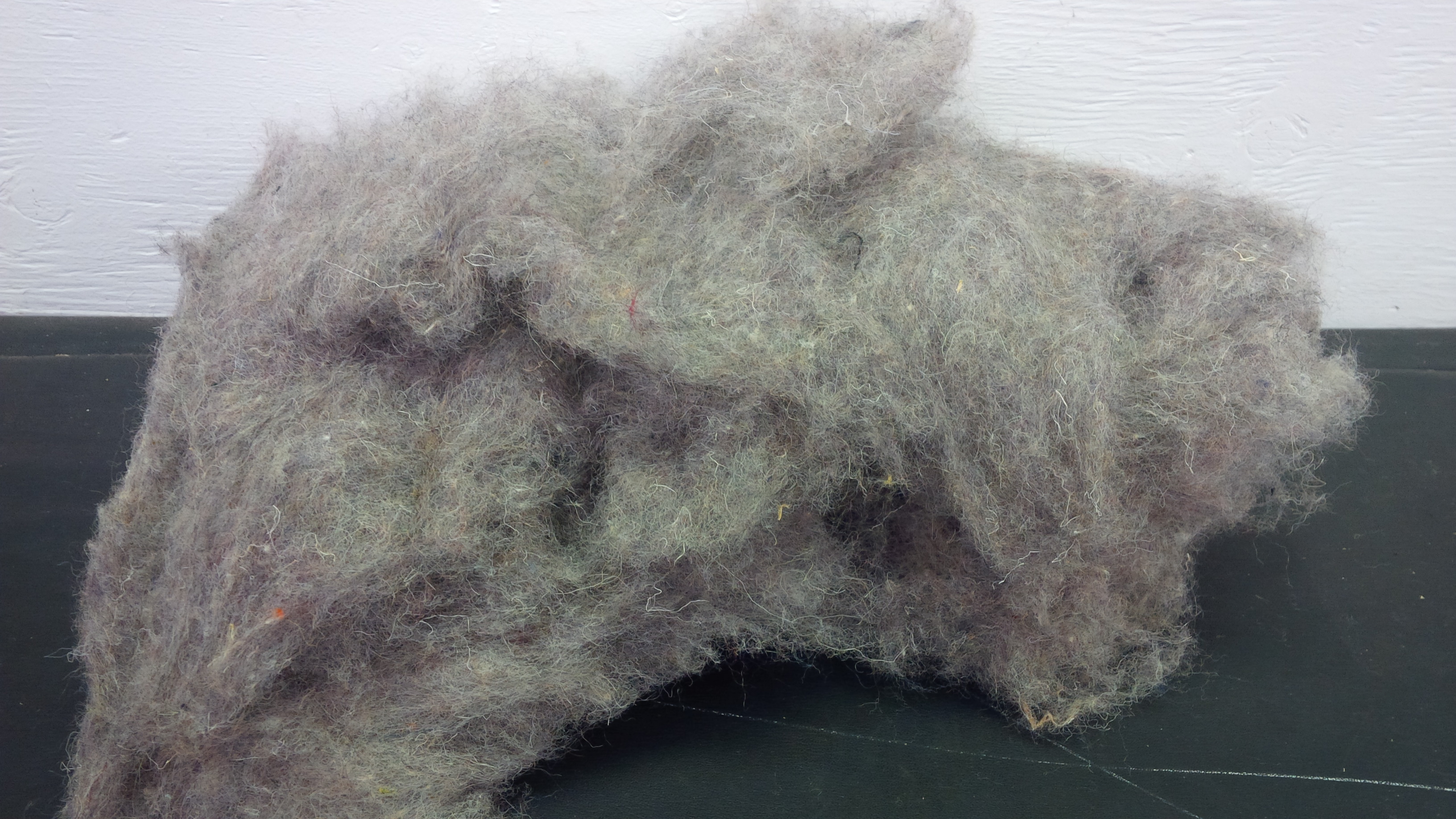
Before the synthetic blend arrived on the scene, saddles would have been flocked with a deer hair/ horse hair/ wool mixture. Pure wool or ‘natural’ wool will lump or ball up, and doesn’t retain “springiness”. There are companies in Europe whose sole product is this wool/synthetic composite for saddleries around the world. It is the only filler which retains the spring and shape so that your horse’s back never gets that ‘wrinkled sock’ feeling.
The panel should always be thoroughly inspected to make sure it is smooth and even. Often when a saddle has not been reflocked in a long time the panel needs to be completely removed and the wool mix properly distributed or changed. Though not always necessary, when restuffing is done without removing the panel, the correct saddler tools should be used to prevent damage to the leather itself.
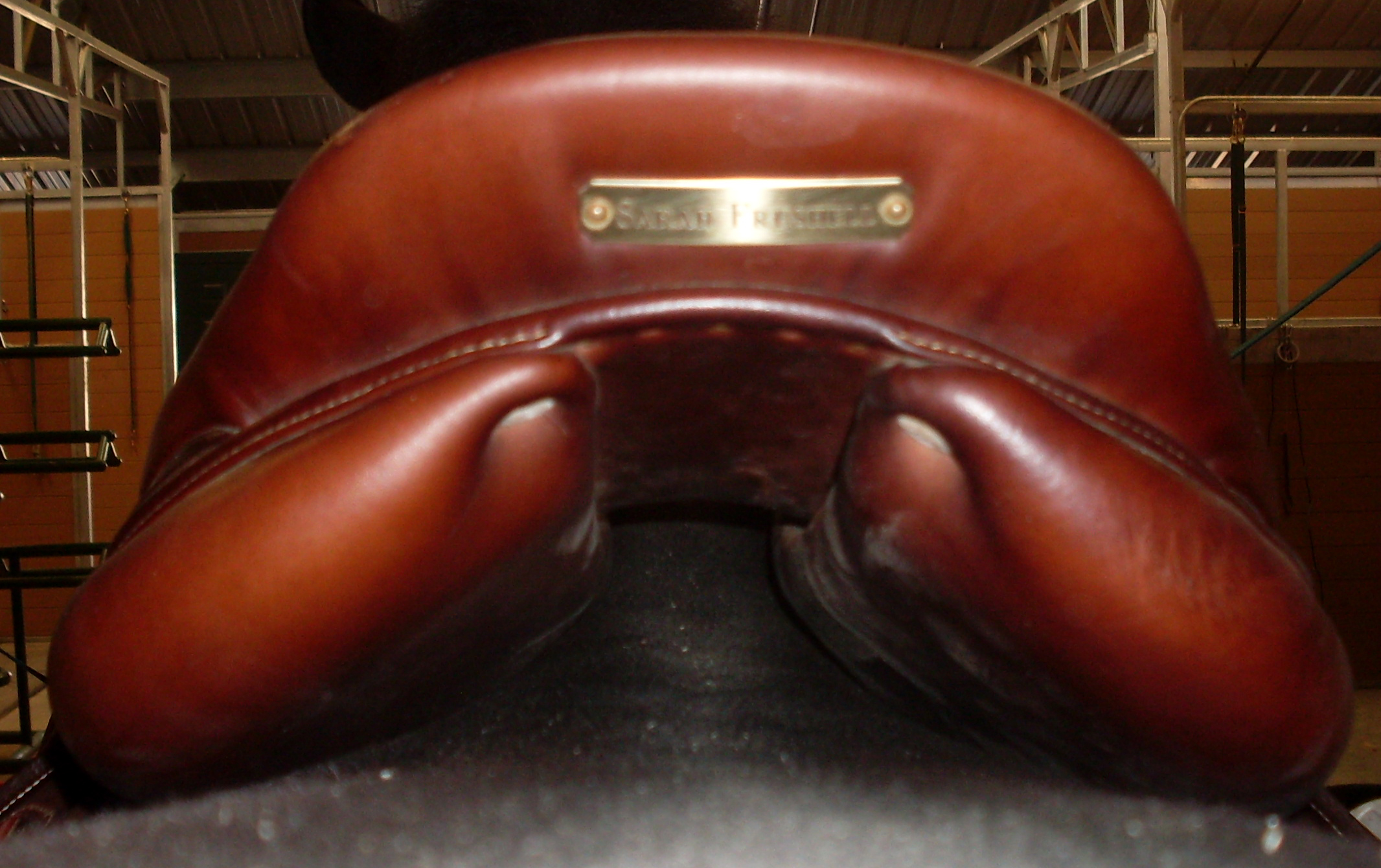
Rubber or felt panels are most often found in hunter/jumper type saddles, and are incorporated into saddles which are used on more than one horse. Any discrepancies in fit are addressed with the use of pads – keyhole, sheepskin, etc. Unfortunately, if a saddle tree is too tight across the withers, a pad only exacerbates the problem, which is why we preach complete saddle fit above all – in panel, gullet, and tree width/angle. With felt or foam panels, the saddle either fits or it doesn’t – the filler is non-adjustable. Because these fillers are usually used on saddles with a wooden tree and a non-adjustable gullet plate, you have to make sure from the start that the saddle will fit the horse(s) it is intended for. It is possible to change these into the more user-friendly wool or even air stuffing, however, it is always advisable to start with an adjustable flocking when purchasing a new saddle.
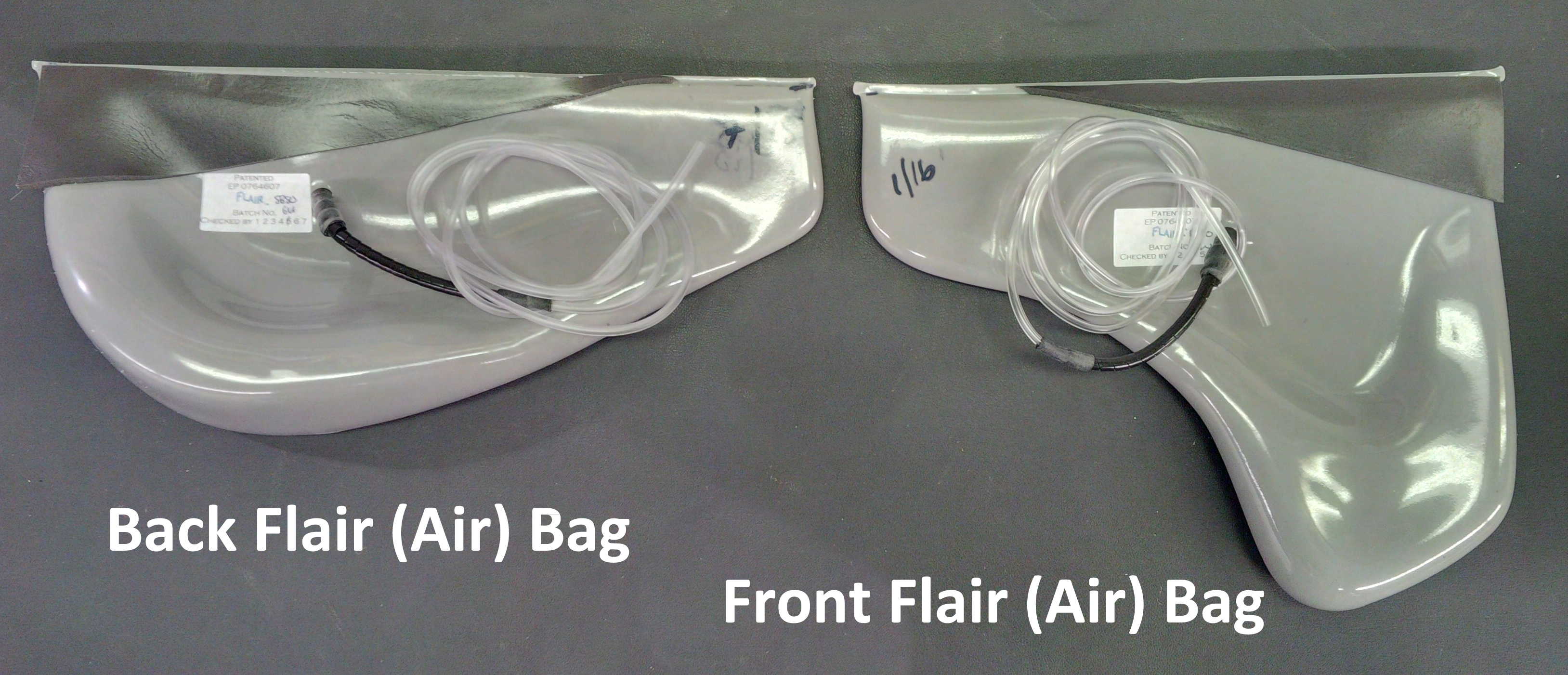 Another type of filler which has much more recently hit the market is air – your panel filled with air. This is one of the newer innovations in saddle flocking – and there are two prevailing types available. One is a generic “pre-fit” (i.e., pre-inflated), which may or may not work on a particular horse. The other is adjustable to the horse and rider. Unfortunately, with the first type you are in a similar situation as with the rubber or foam panels: no adjustability. We were proponents of the latter, which is sold under the “Flair®” name. Air bags can be incorporated into any saddle after the fact. It has been proven that in jumping, a horse can recover its stride 7 times faster with the Flair® panel (and a tree that fits), than with conventional wool panels and the traditional wood tree. However, the biggest plus has to be that the saddle cannot bridge. Because of the way the bags are designed the air is able to flow through the saddle panel keeping a smooth even contact without and lumps, bumps, or bridging. Not only that, but you never have to have your saddle reflocked (just adjusted). The con is that the air panels sometimes are simply too bouncy for a horse’s movement, and occasionally the air pockets do spring a leak. Important: air panels will only work effectively if the tree has also been correctly adjusted for the horse’s conformation.
Another type of filler which has much more recently hit the market is air – your panel filled with air. This is one of the newer innovations in saddle flocking – and there are two prevailing types available. One is a generic “pre-fit” (i.e., pre-inflated), which may or may not work on a particular horse. The other is adjustable to the horse and rider. Unfortunately, with the first type you are in a similar situation as with the rubber or foam panels: no adjustability. We were proponents of the latter, which is sold under the “Flair®” name. Air bags can be incorporated into any saddle after the fact. It has been proven that in jumping, a horse can recover its stride 7 times faster with the Flair® panel (and a tree that fits), than with conventional wool panels and the traditional wood tree. However, the biggest plus has to be that the saddle cannot bridge. Because of the way the bags are designed the air is able to flow through the saddle panel keeping a smooth even contact without and lumps, bumps, or bridging. Not only that, but you never have to have your saddle reflocked (just adjusted). The con is that the air panels sometimes are simply too bouncy for a horse’s movement, and occasionally the air pockets do spring a leak. Important: air panels will only work effectively if the tree has also been correctly adjusted for the horse’s conformation.
Panel filler is just one of the considerations to do with fitting a saddle panel. You have to consider length, width of your gullet (space between the panels under the saddle), panel wedges or gussets, etc. However, filler is definitely one of the most important things to think about. A smooth even panel equals a smooth even ride. So flip your saddle over and have a look to see how your saddle measures up!
©2016 Saddlefit 4 Life® All Rights Reserved
